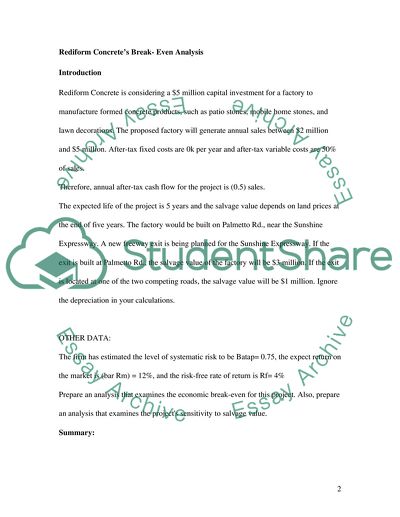Cite this document
(Financial Break-Even at Rediform Concrete Case Study - 3, n.d.)
Financial Break-Even at Rediform Concrete Case Study - 3. Retrieved from https://studentshare.org/finance-accounting/1724905-finance
Financial Break-Even at Rediform Concrete Case Study - 3. Retrieved from https://studentshare.org/finance-accounting/1724905-finance
(Financial Break-Even at Rediform Concrete Case Study - 3)
Financial Break-Even at Rediform Concrete Case Study - 3. https://studentshare.org/finance-accounting/1724905-finance.
Financial Break-Even at Rediform Concrete Case Study - 3. https://studentshare.org/finance-accounting/1724905-finance.
“Financial Break-Even at Rediform Concrete Case Study - 3”, n.d. https://studentshare.org/finance-accounting/1724905-finance.


